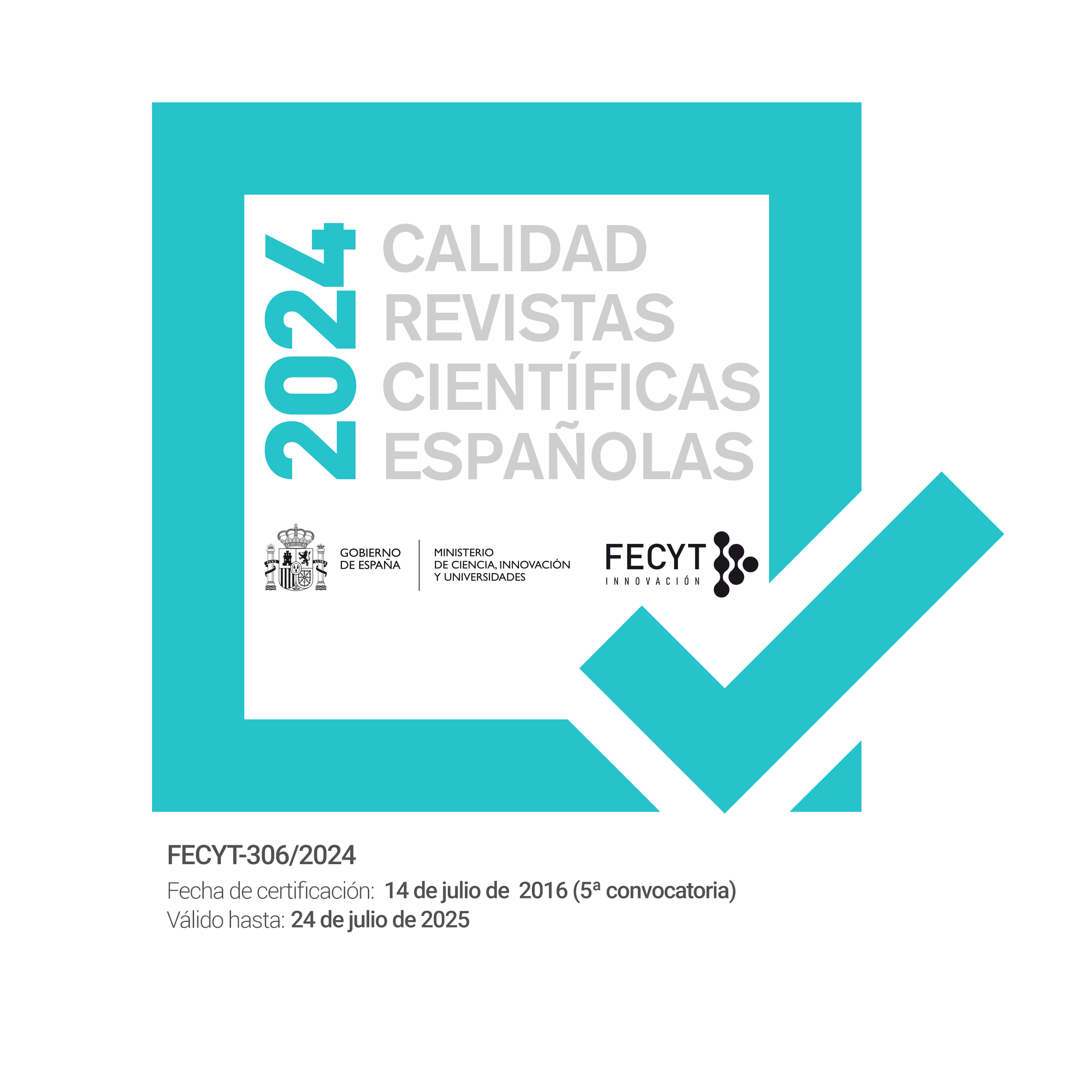The rise of the conservative middlebrow taste: Class, consumption and politics in Turkey
DOI:
https://doi.org/10.22325/fes/res.2020.66Keywords:
Taste, consumption, Islamism, conservatism, fashionAbstract
In this paper, we aim to use Bourdieusian concepts to understand the rise of conservative/Islamic taste in the context of Turkey’s recent political transformations. To do so, we first focus on the historical roots of the strong connection between politics and consumption in Turkey by addressing the impacts of recent transformation of political conservatism on conservative taste. Second, we describe the current form of the conservative middlebrow taste as the choice of elegant and religiously proper through the content analysis of three conservative fashion magazines. Lastly, drawing on a field research conducted in Ankara, we present concrete examples of how conservative taste is embodied and used to perform class distinction within and beyond the conservative fractions.
References
Akçaoğlu, A. (2017). The Making of Conservative Habitus: The Case of an Upper-middle Class Neighbourhood in Ankara. Tesis doctoral inédita, Middle East Technical University, Ankara.
Aslan, H. (2013). “Stil-in.” Aysha 7 (Temmuz), pp. 94-96.
Bora, T. (2017). Cereyanlar: Türkiye’de siyasi ideolojiler. İstanbul: İletişim Yayınları.
Bourdieu, P. (1984). Distinction: A Social Critique of the Judgement of Taste. Cambridge: Harvard University Press.
Çak, Ş. (2013). “Dekorröportaj: Ünlüler onun evinde yaşıyor.” Ȃlâ 27 (Ekim), pp. 62-68.
Çarkoğlu, A. y Kalaycıoğlu, E. (2009). The Rising Tide of Conservatism in Turkey. Nueva York: Palgrave Macmillan. https://doi.org/10.1057/9780230621534
Çınar, A. (2005). Modernity, Islam, and Secularism in Turkey. Minneapolis: University of Minnesota Press.
Çınar, M. y Duran, B. (2008). The Specific Evolution of Contemporary Political Islam in Contemporary Turkey and its ‘Difference’. En Ü. Cizre (ed.), Secular and Islamic Politics in Turkey: The Making of the Justice and Development Party (pp. 17-40). Oxon: Routledge.
Coşkun, M. K. y Şentürk, B. (2012). “The Growth of Islamic Education in Turkey: The AKP’s Policies toward Imam Hatip Schools”, en Inal, K. & Akkaymak, G (eds.), Neoliberal Transformation of Education in Turkey: Political and Ideological Analysis of Educational Reforms in the Age of the AKP, pp. 165-177. https://doi.org/10.1057/9781137097811_13
Ekiz, S. (2013a). “Ramazan telaşı, davet telaşı, ne giysem telaşı…” Ȃlâ 24 (Temmuz), p. 72.
Ekiz, S. (2013b). “Sonbaharın ayak sesleri.” Ȃlâ 27 (Ekim), p. 57.
Erbakan, N. (2014). Davam: Ne Yaptıysam Allah Rızası İçin Yaptım. İstanbul: MGV Yayınları.
Gökarıksel, B. y Secor, A. (2010). Between Fashion and Tesettür: Marketing and Consuming Women’s Islamic Dress. Journal of Middle East Women’s Studies, 6(3): 118-148. https://doi.org/10.2979/MEW.2010.6.3.118
Gökarıksel, B. y McLarney, E. (2010). Muslim Women, Consumer Capitalism and the Islamic Culture Industry. Journal of Middle East Women’s Studies, 6(3), 1-18. https://doi.org/10.2979/MEW.2010.6.3.1
Horal, M. Ş. (2012). “Kur’an-ı Kerim’e hürmet ederek kendi imparatorluğunuzu kurun: Tıpkı Osman Gazi gibi.” Şems-i TȖBA 2 (Kasım), pp. 36-37.
Karademir Hazır, I. (en prensa). ‘How to Get it Right’: Class Cultural Narratives of Good Taste in Clothing. International Journal of Fashion Studies.
Karademir Hazır, I. (2017). Wearing Class: A Study on Clothes, Bodies and Emotions in Turkey. Journal of Consumer Culture, 17(2): 413-432. https://doi.org/10.1177/1469540516631152
Karademir-Hazır, I. (2014). How Bodies are Classed: An Analysis of Clothing and Bodily Tastes in Turkey. Poetics, 44, 1-21. https://doi.org/10.1016/j.poetic.2014.04.001
Kayacan, N. (2012). “Her yönüyle Tayland” Şems-i TȖBA 2 (Kasım), pp. 84-92.
Kılıçbay, B., Binark, M. (2002). Consumer Culture, Islam and the Politics of Lifestyle: Fashion for Veiling in Contemporary Turkey. European Journal of Communication 17(4): 495-511. https://doi.org/10.1177/02673231020170040601
Kurtoğlu, A. (2013). “Sofra”, Aysha 7 (Temmuz), p. 102.
Lewis, B. (2002). The Emergence of Modern Turkey. New York: Oxford University Press.
Lewis, R. (2015). Muslim Fashion: Contemporary Style Cultures. Durham: Duke University Press. https://doi.org/10.2307/j.ctv125jqt4
Navarro-Yashin, Y. (2002). The Market for Identities: Secularism, Islamism, Commodities. En Saktanber, A., Kandiyoti, D. (eds.), Fragments of culture: The everyday of modern Turkey (pp. 221-253). New Brunswick, NJ: Rutgers University Press. https://doi.org/10.5040/9780755611881.ch-010
Öncü, A. (1999). Istanbulites and Others: The Cultural Cosmology of Being Middle Class in the Era of Globalism. En Ç. Keyder (ed.), Istanbul: Between the global and the local (pp. 95–119). Nueva York: Rowman & Littlefield Publishers.
Özbudun, E. (2006). From Political Islam to Conservative Democracy: The Case of Justice and Development Party in Turkey. South European Society and Politics, 11(3-4): 543-557. https://doi.org/10.1080/13608740600856561
Pınarbaşı, G. (2013). “Ramazan’da ziyaret edilecek kutsal mekanlar.” Aysha 7 (Temmuz), pp. 120-124.
Saktanber, A. (2002). Living Islam: Women, Religion & the Politicization of Culture in Turkey. Londres: I. B. Tauris & Co. Ltd.
Sandıkçı, Ö. y G. Ger (2010). Veiling in Style: How does a Stigmatized Practice Become Fashionable? Journal of Consumer Research, 37(1), 15-36. https://doi.org/10.1086/649910
Şeni, N. (1995). Fashion and Women’s Clothing in the Satirical Press of Istanbul at the end of 19th Century. En Ş. Tekeli (ed.), Women in Modern Turkish Society (pp. 25-45). Londres: Zed Books.
Shively, K. (2002). Body and Nation: The Female Body, Religious Radicalism and Nationalist Discourse in Modern Turkey. Tesis doctoral, Brandeis University.
Simmel, G. (1997[1905]). The Philosophy of Fashion. En D. Frisby, M. Featherstone (eds.), Simmel on Culture: Selected Writings (pp. 187-205). Londres: Sage.
Tuğal, C. (2009). Passive Revolution: Absorbing the Islamic Challenge to Capitalism. Stanford: Stanford University Press. https://doi.org/10.1515/9780804771177
Veblen, T. (1970[1899]). The Theory of the Leisure Class: An Economic Study of Institutions. Londres: Unwin Books.
Published
How to Cite
Issue
Section
License
Copyright (c) 2020 Spanish Journal of Sociology / Revista Española de Sociología

This work is licensed under a Creative Commons Attribution-NonCommercial-ShareAlike 4.0 International License.
• The transfer of the copyright of the article to Revista Española de Sociología.
• The assignment to the Revista Española de Sociología of the rights of commercial exploitation of the article to third parties both in the offset and digital formats, as well as to the search engines and platforms that may serve as intermediaries for the sale or knowledge of the article.



